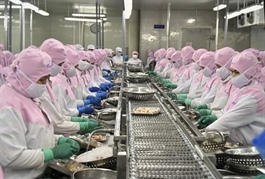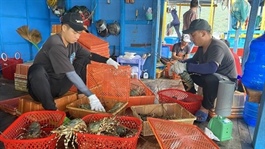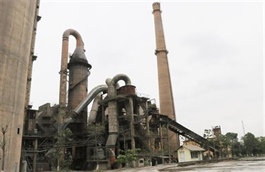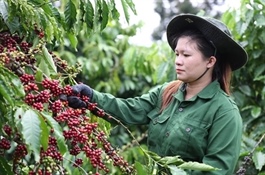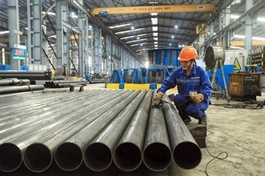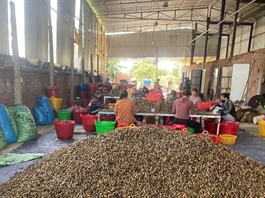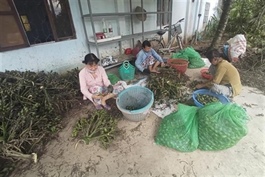Developing a high-value chain for seaweed in Việt Nam
Developing a high-value chain for seaweed in Việt Nam
It is necessary to establish a closed value chain for seaweed to increase its added value and promote its development in Việt Nam, according to participants at a conference held by the International Collaborating Centre for Aquaculture and Fisheries Sustainability (ICAFIS) on Friday in Hà Nội.
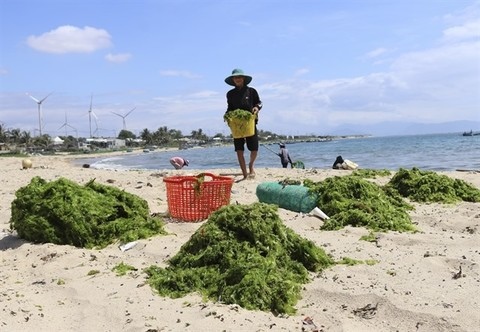
Farmers collect seaweed in Ninh Thuận Province. It is necessary to establish a closed value chain for seaweed to increase its added value and promote the development of this industry in Việt Nam. — VNA/VNS Photo Nguyễn Thành |
Seaweed cultivation has been developed in Việt Nam for around 10 years, with a total cultivation area reaching 16,500ha and an output of 150,000 tonnes in 2023. Seaweed is cultivated mainly in the coastal waters of the northern, south central and north central regions. But the cultivation, processing and consumption of seaweed products are spontaneous, resulting in low and unstable prices, which discourages farmers.
Đinh Xuân Lập, ICAFIS’s deputy director, said that enhancing coordination among relevant parties is important to establish value chains for the aquaculture industry.
Specifically for seaweed, a closed value chain should be developed from seedling, cultivation, production, trade and consumption, he said. It is also necessary to apply high-tech extraction methods to collect valuable nutrients from seaweed and limit its fishy smell, as well as processing to produce medicines, bioplastics and food additives.
At the conference, ICAFIS and Japi Foods Co. Ltd and Trường Phát STP signed a cooperation agreement to promote the formation of a closed seaweed value chain. JapiFoods has agreed to buy seaweed from farmers to process into finished products at prices not lower than market prices. Trường Phát STP has agreed to provide seedlings to farmers and seaweed to processing companies.
The cooperation is expected to help promote a high value chain for seaweed in Việt Nam, Trường Phát STP director Nguyễn Thị Hải Bình said.
Dương Long Trì, Deputy General Secretary of the Việt Nam Fisheries Society, said that if there is a clear development orientation for seaweed, Việt Nam’s seaweed industry can go far.
According to the Institute of Aquaculture Research No. 3 in Nha Trang, there are more than 880 species of natural seaweed in Việt Nam, of which 88 species have economic value. Việt Nam has an estimated 900,000ha potential for seaweed farming.
Việt Nam has set a goal of producing around 500,000 tonnes of seaweed by 2030.



